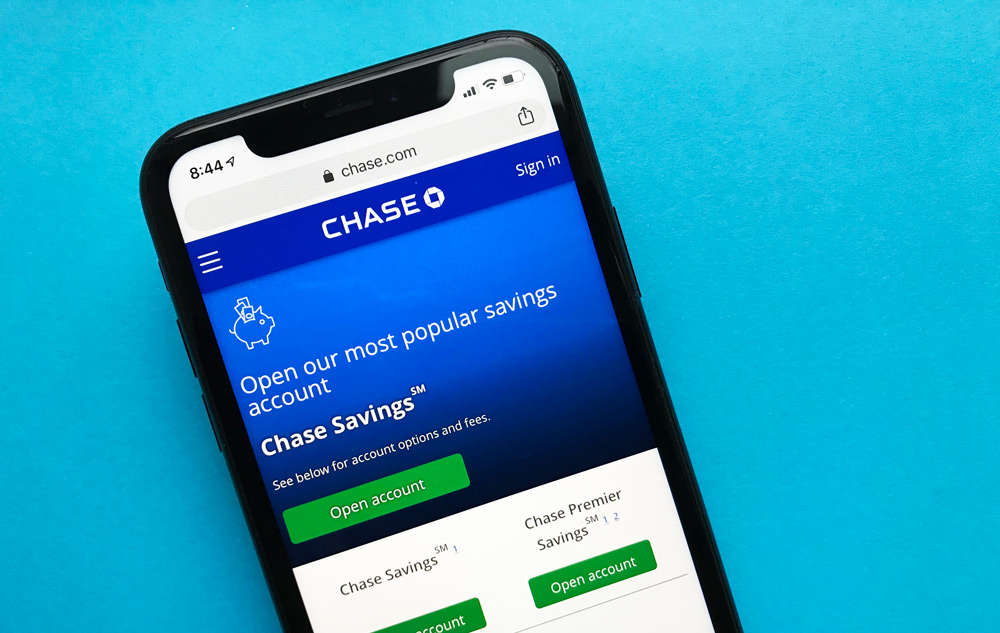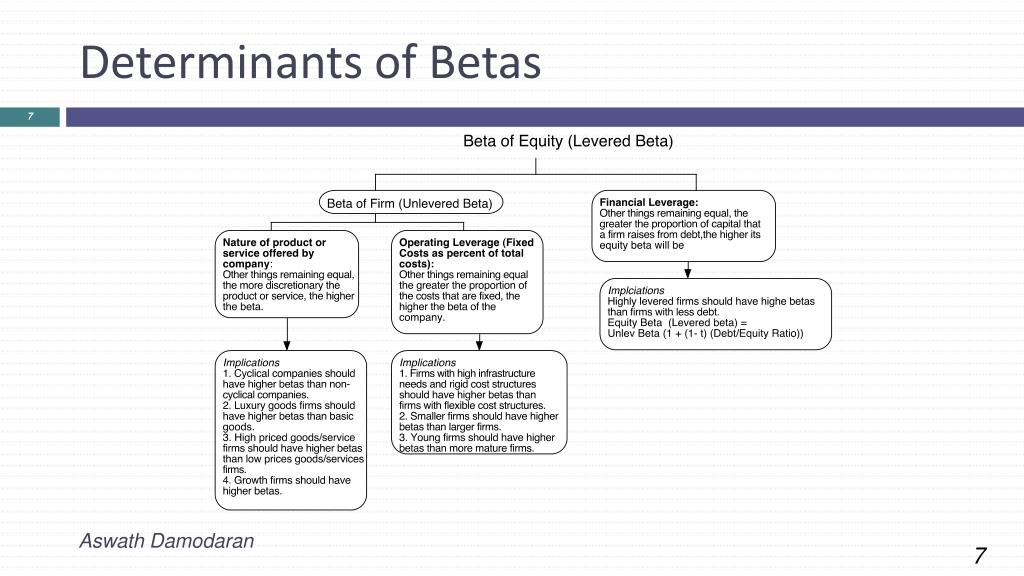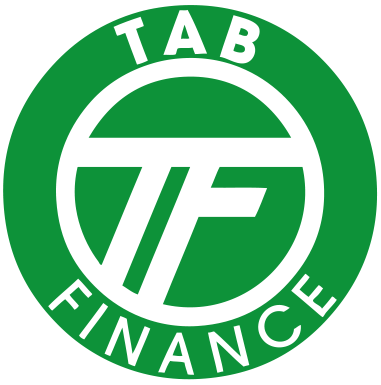
ZZZZ Best Company, Inc: An Analysis 3666 Words


Plaintiffs assert that E Y was actively concerned in the writing and reviewing of the financial reviews and press releases offered to the general public by Z Best, and knowingly included data which was misleading and which was relied upon by the market. Thus, Plaintiffs contend that E Y has dedicated a major violation of Section 10/Rule 10b-5 as a result of its participation in the additional misstatements or omissions apart from the Review Report. Defendant E Y now brings this motion for Summary Adjudication on two completely separate grounds. First, E Y contends that Plaintiffs can’t base their Section 10/Rule 10b-5 declare on any of the publicly released statements, apart from the Review Report, because of the U.S. • In the case of Company Z, the auditors were provided with evidence that was tenuous at best and the confidentiality agreement prohibited auditors from looking to corroborate the evidence.
Independent certified public accountant firm Ernst and Whinney audited ZZZZ Best’s financials to give an assessment with respect to whether the financial statements were free of material misquote. He did not visit the sites of the contracts, neither did he looked for further details. Padgett was involved in the fraudulent scheme with Minkow and he lied to Mr. Greenspan that the contracts held by ZZZZ Best exist. But it was Mr. Greenspan’s duty as an independent auditor that he should have checked the sites of the contracts and all the paper work pertaining to them. It was his carelessness which made Minkow successful in deceiving the first Auditor of ZZZZ best. A large proportion of the ZZZZ Best insurance restoration contracts occurred immediately, and opportunistically, prior to a planned offering of stock.
But by this time, ZZZZ Best had already filed for bankruptcy protection that shielded it from creditors. Ernst & Whinney was accused of overlooking gross errors in conducting audits for which it was absolved from any wrongdoing as it only issued a review but not opinion that banks utilized in issuing loans. When the homemaker located the others, she passed her findings onto the Los Angeles Times. Eventually, Minkow realized that the auditors would not relent and agreed to allow them to visit certain of the restoration sites, knowing full well that none of the sites actually existed.
- He did not visit the sites of the contracts, neither did he looked for further details.
- • The auditor’s efforts were hampered by the client’s insistence on having a confidentiality agreement tied to the auditor’s visits to customer sites.
- 1239, 1251 (W.D.Mich. 1991) (holding that accountants “have a duty to take reasonable steps to correct misstatements they’ve discovered in earlier monetary statements on which they know the public is relying” ).
- As a direct result of the ZZZZ Best debacle, the SEC shortened the length of time that registrants and their former auditors may wait before filing the required auditor change documents with the SEC.
The first mistake that the auditors made concerned Mr. George Greenspan in the course of the 1986 audit. • Such an agreement, especially when considered alongside the tenuous evidence Company Z provided in support of its insurance restoration business, severely limited the auditor’s ability to conduct a professional audit. • Company Z required that its auditor sign a confidentiality agreement related to Company Z’s insurance restoration business .
What Was ZZZZ Best? How the Ponzi Scheme Creator Was Caught
Because our examination will be performed generally on a test basis, it will not necessarily disclose irregularities, if any, that may exist. However, we will promptly report to you any irregularities which our examination does disclose. Besides his extensive derivative trading expertise, Adam is an expert in economics and behavioral finance.
• The auditor’s efforts were hampered by the client’s insistence on having a confidentiality agreement tied to the auditor’s visits to customer sites. According to Mr. Akst, »There was always a quality about Barry that suggested he held an MBA from the Dada School of Business. » When Mr. Minkow wanted to take his company public, an auditor for Ernst & Whinney insisted on seeing a ZZZZ Best restoration job. Mr. Minkow had skirted this kind of request before by claiming that the sites were confidential. This time, however, he dispatched Mr. Padgett to rent a building and fix it up to look like a ZZZZ Best work site.
ZZZZ Best was an incredible company on paper and at one point was valued over a quarter billion dollars, then bankrupted shortly a while later. In 2011, he was again indicted for fraud and condemned to five years in jail. It was found that while shooting and delivering his life story, he at the same time was utilizing his enemy of fraud company to short stocks of companies he was exploring. A couple of years after the fact, Minkow was condemned to an additional five years in jail for defrauding his congregation and tax evasion. The business performed inadequately and 15-year-old Minkow was frequently immersed with customer objections and provider assortment demands. To make an illusion of a beneficial business, Minkow started carrying out criminal acts, for example, check kiting, theft, insurance scams, and fraud, to fund operations and pay providers.
ZZZZ Best Company, Inc: An Analysis
When released, he ended up indicted for fraud once more and condemned to five additional years. The fraud was a the found by a lady paper trail, al due to a cheat of two or three hundred dollars. ZZZZ Best was a carpet-cleaning company set up in 1982 by 16-year-old Barry Minkow, who would use it to run a Ponzi scheme that netted millions.
Our engagement cannot be relied upon to disclose errors, irregularities, or illegal acts, including fraud or defalcations, that may exist. 24 years old Early Childhood (Pre-Primary School) Teacher Charlie from Cold Lake, has several hobbies and interests including music-keyboard, forex, investment, bitcoin, cryptocurrency and butterfly watching. However, Defendant’s second floor for summary adjudication is that Plaintiffs cannot, as a matter of legislation, show that Plaintiffs relied on E Y’s Review Report. • However, in an audit process, the assertions are examined much more closely. Minkow even managed to convince banks to finance the acquisition of KeyServ, a competitor.

In 1985, he wrote an admiring feature story about Mr. Minkow for The Los Angeles Times. »Wonder Boy » is Mr. Akst’s witty and insightful account of how an amoral individual still in his teens was able to sell what the author calls a »hologram » of a corporation to Wall Street. This is a digitized version of an article from The Times’s print archive, before the start of online publication in 1996. To preserve these articles as they originally appeared, The Times does not alter, edit or update them. Fraud, in a general sense, is purposeful deceit designed to provide the perpetrator with unlawful gain or to deny a right to a victim. White-collar crime is a nonviolent crime characterized by deceit to obtain or avoid losing money, or to gain a personal or business advantage.
Mr. Greenspan only contacted Padgett for confirming the insurance restoration contracts. Minkow was able to get big loans from Banks by showing them the insurance restoration contacts. After successfully receiving loans from banks, Minkow decided to focus more on loans restoration contracts. ZZZZ Best’s 80 percent of the revenue was from insurance restoration contacts. Minkow reduced his carpet cleaning services and started taking more and more loan from banks and he was successful in that with the help of his friend Padgett. After this huge success ZZZZ Best became a big firm from a very small carpet cleaning company.
Is There a Barry Minkow Movie Being Made?
Plaintiffs allege that E Y did however know of major discrepancies in Z Best’s inside accounting procedures and that the figures launched by Z Best weren’t accurate. The determination to take ZZZZ Best public meant that Minkow no longer was capable of utterly control his agency’s financial disclosures. • An understanding as to why the client seeks to change auditors, or why the predecessor auditor is stepping zzzz best inc 1986 down. • Again, had the auditor’s considered the possibility that these transactions were with related parties, the audit process would have been more rigorous and the deception harder to cover up. • In addition, the client provided customer contracts that were prepared by the client’s personnel. • Auditors rely to some extent on management assertions in the audit process as well as in the review process.
I am an individual having certain confidential information regarding the financial condition of ZZZZ Best Co., Inc. I have read the prospectus and your Review Report dated October 3,1986 and recognize you have not done an examination In accordance with generally accepted auditing standards, but that such audit will be forthcoming by you. This letter is to confirm our understanding regarding our engagement as independent accountants of ZZZZ BEST CO., INC. and the nature and limitations of the services we will provide. Plaintiffs’ claims in opposition to E Y arise partially out of E Y’s release of a review report on first quarter interim financial information for the three-month interval ending July 31, 1986 (the “Review Report”). In Union Carbide, the accountants, Morgan Stanley, argued that a financial forecast issued by Union Carbide could not be attributed to Morgan Stanley for Rule 10-5 purposes as a result of it did not itself announce the projections.
ZZZZ Best was a carpet-cleaning company set up in Inglewood, California in 1982 by the then 16-year-old Barry Minkow, while he was still in school. Minkow only survived by engaging in credit-card fraud, stealing money from relatives and staging burglaries in order to collect on the insurance. However, the company seemed to find a way to make large amounts of money when it branched out into carpet restoration for insurance firms. The apparent success of this business enabled ZZZZ Best to float in 1986, reaching a peak market capitalisationof $280m. The amounts called for by the insurance restoration contracts were unrealistically large. On May 19, 1987, a short article in The Wall Street Journal reported that ZZZZ Best Company, Inc., of Reseda, California, had signed a contract for a $13.8 million insurance restoration project.
Ernst & Whinney resigned from ZZZZ Best Company engagement 11 months later and never completed an audit for 1987 financials. A review of financial statements as of July 31, 1986 was conducted and relied on by at least one banking institution. The bank, in question, filed suit against Ernst & Whiney but was unsuccessful.
Cite this paper
This was also against the exemptions to rule on confidentiality that requires audit firms not to seek clients’ consent in publicizing information concerning their professional malpractices. In testimony before Congress, George Greenspan reported that one means he used to audit the insurance restoration contracts was to verify that his client actually received payment on those jobs. Understanding ZZZZ Best Barry Minkow formed ZZZZ Best in his parents’ garage. To create an illusion of a profitable business, Minkow began committing criminal acts, such as Within a few years of ZZZZ Best’s inception, Minkow launched fictitious insurance restoration and appraisal businesses. The youngest chief executive officer in the nation enjoyed the « good life;which included an elegant home in an exclusive suburb of Los Angeles and a fire-engine red Ferrari. Virtually all of the insurance restoration contracts were with the same party 6. We will advise you, as our examination progresses, if any developments indicate that we will be unable to express an unqualified opinion.
While the stock was on the rise, Mr. Akst began hearing about Mr. Minkow’s credit card fraud. On May 22, 1987, he wrote an article that carried the headline »Behind ‘Whiz Kid’ Is a Trail of False Credit-Card Billings. » The next day ZZZZ Best stock lost 28 percent of its value. In December 1988, Mr. Minkow was convicted on 57 counts of fraud and sentenced to 25 years in jail.
It was discovered that while filming and producing his biography, he simultaneously was using his anti-fraud company to short stocks of companies he was investigating. After his early release in 1995, he became an ordained minister and served as a pastor of a church in California. It didn’t take long for the house of cards to tumble and for ZZZZ Best’s stock to become worthless.
In July 1987, just three months after the company’s stock had reached a market value of $220 million, an auction of its assets netted only $62,000. In January 1988, Minkow and 11 other company insiders were indicted by a grand jury on counts of racketeering, money laundering, securities fraud, embezzlement, mail fraud, bank fraud, and tax evasion. Approximately a year later, Minkow was found guilty on all charges, was sentenced to 25 years in prison, and was ordered to pay over $26 million in restitution. The audit standards do not discuss unaudited results so the auditor doesn’t really need to review them since they are not going to be released prior to the audited results being released. Unfortunately, the firm’s association with one client, Enron Corporation, abruptly ended Andersen’s long and proud history in the public accounting profession.
